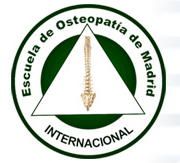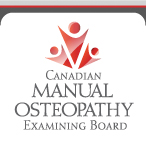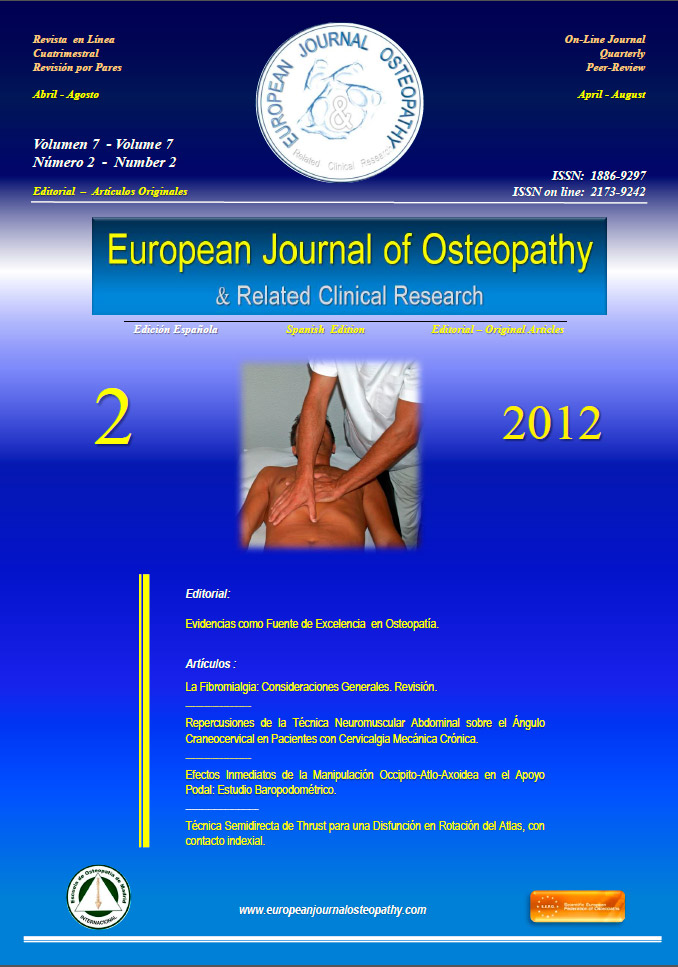By Chris Elms, GCFP
Life is a bowl of cherries, if you are a bowl filled with cherries. Otherwise there are elements of learning that at first might seem “stressful,” and yet, once learned, are a sweet and ongoing part of life. For example, we come out of the womb, and the air thing: new. Stress. Lungs don’t know how to breathe air. If we don’t breathe air we die. New situation. Luckily we don’t have cell phones to call up another baby and complain how stressed out we are. Instead, we handle it, learn to breathe, and another life begins, the life in air.
So what is “stress” anyway? Well, we all know that it’s “bad,” because when people say, “I’m so stressed,” they imply that they are in a tense and worried and poorly functioning place. And yet, if the stress of breathing in air had not presented itself and been solved, we’d all need to keep the umbilical cord with us. Not a pleasant way to live.
As part of this life out of the womb, we swim in three oceans: gravity, air, and light. The gravity ocean takes us longest to figure out: how the heck can we move around on two little feet and this long tall cylindrical body, with a big heavy head thing at the top? This is a stressful situation, having a human body in an ocean of gravity. Most of us handle this, often stopping our learning when we’ve gotten the mere basics of walking from chair to bed to automobile, but we know how to move in gravity. Sort of.
And if we step off a curb and aren’t paying attention, or suffer a stroke, or are born with some neurological limitation, the gravity thing can be more than we can handle.
So we start life in stress, handle it, and have the stress of a long, tall, top-heavy body in gravity, and sort of handle it, and then life keeps throwing challenges our way. Is this stress or opportunity? Well, having to learn a second language in ten minutes might be stressful. Have three months in a new country in which to immerse ourselves and learn, an opportunity.
What to wear to the party you don’t want to go to: stress or opportunity? How to build up a new business? How to learn to ski when you are over sixty? How to live with the loss of a loved one, either through death or divorce?
When the Oakland fire of 1989 roared through the hills and destroyed thousands of homes, there were two reactions. One was what you’d expect, “Lost everything. Devastating. All the family photos. Years of work and memories,” and so on. Another reaction was, “Wow, I was dreading cleaning that back room and the garage, and now I don’t have to do it. This is a great chance to start over!”
So, stress seems at least partly in the eye of the beholder.
If seen right, small doses of stress are exactly what we need as human beings to expand and grow and thrive in our lives. Interestingly enough, and not surprising for a system developed by a physicist deeply interested in judo and the biology of living systems, the Feldenkrais Method® could be called the intelligent application of small and useful stress to break old habits and discover new ways of moving, being and thinking.
So, for example, we could turn our heads to the left and see how far we turned, and with what ease. This is a useful skill when driving a car, the ability to look behind ourselves to the left. If we then turned our head halfway to the left, picked something to look at there, and then began to move our nose to the right of that point and our eyes to the left, and then brought nose and eyes back to this reference point, and then took our eyes to the right and nose to the left of this point, and so on, back and forth, this movement, if we haven’t done it before might seem “stressful.”
If we slowed down our efforts, took rests, and allowed ourselves to do this in little smaller bits, we might find ourselves learning something we didn’t know we could do. And then as this head and nose in opposition thing became easier, the stress feeling might completely dissolve and a feeling of ease and expansion might appear.
If we once again look to the left, and allow our eyes to go in synch with our nose, we might discover that turning to the left has become easier. Stress sets us up to learn. In the Feldenkrais Method, there are hundreds of lessons designed to create situations of small and surmountable stress, that result in our nervous system learning new possibilities of action.
These lessons, called Awareness Through Movement® lessons, give us over and over an opportunity to experience the healing “frustration,” of encountering something new, or slightly difficult, or perhaps even very difficult, and then take our time solving these riddles, with the way out always involving an expansion of awareness.
We are designed to learn, but often avoid the opportunity. and if we are smart and/or lucky we will set up challenges to stress/expand our lives. This might be brushing our teeth with the non-accustomed hand. It might be smiling and saying nothing when our partner throws a zinger our way. But, one way we can count on to practice and delight in taking a bit of stress into our life and learning how to “handle” this stress (notice the very physical implications of hand-le) is through an ongoing involvement in Feldenkrais® lessons. Each time we engage with the opportunity to learn, we can, instead of getting “stressed” by the stress, be recalibrating ourselves to experience “stress” as a learning opportunity.
So what is “stress” anyway? Well, we all know that it’s “bad,” because when people say, “I’m so stressed,” they imply that they are in a tense and worried and poorly functioning place. And yet, if the stress of breathing in air had not presented itself and been solved, we’d all need to keep the umbilical cord with us. Not a pleasant way to live.
As part of this life out of the womb, we swim in three oceans: gravity, air, and light. The gravity ocean takes us longest to figure out: how the heck can we move around on two little feet and this long tall cylindrical body, with a big heavy head thing at the top? This is a stressful situation, having a human body in an ocean of gravity. Most of us handle this, often stopping our learning when we’ve gotten the mere basics of walking from chair to bed to automobile, but we know how to move in gravity. Sort of.
And if we step off a curb and aren’t paying attention, or suffer a stroke, or are born with some neurological limitation, the gravity thing can be more than we can handle.
So we start life in stress, handle it, and have the stress of a long, tall, top-heavy body in gravity, and sort of handle it, and then life keeps throwing challenges our way. Is this stress or opportunity? Well, having to learn a second language in ten minutes might be stressful. Have three months in a new country in which to immerse ourselves and learn, an opportunity.
What to wear to the party you don’t want to go to: stress or opportunity? How to build up a new business? How to learn to ski when you are over sixty? How to live with the loss of a loved one, either through death or divorce?
When the Oakland fire of 1989 roared through the hills and destroyed thousands of homes, there were two reactions. One was what you’d expect, “Lost everything. Devastating. All the family photos. Years of work and memories,” and so on. Another reaction was, “Wow, I was dreading cleaning that back room and the garage, and now I don’t have to do it. This is a great chance to start over!”
So, stress seems at least partly in the eye of the beholder.
If seen right, small doses of stress are exactly what we need as human beings to expand and grow and thrive in our lives. Interestingly enough, and not surprising for a system developed by a physicist deeply interested in judo and the biology of living systems, the Feldenkrais Method® could be called the intelligent application of small and useful stress to break old habits and discover new ways of moving, being and thinking.
So, for example, we could turn our heads to the left and see how far we turned, and with what ease. This is a useful skill when driving a car, the ability to look behind ourselves to the left. If we then turned our head halfway to the left, picked something to look at there, and then began to move our nose to the right of that point and our eyes to the left, and then brought nose and eyes back to this reference point, and then took our eyes to the right and nose to the left of this point, and so on, back and forth, this movement, if we haven’t done it before might seem “stressful.”
If we slowed down our efforts, took rests, and allowed ourselves to do this in little smaller bits, we might find ourselves learning something we didn’t know we could do. And then as this head and nose in opposition thing became easier, the stress feeling might completely dissolve and a feeling of ease and expansion might appear.
If we once again look to the left, and allow our eyes to go in synch with our nose, we might discover that turning to the left has become easier. Stress sets us up to learn. In the Feldenkrais Method, there are hundreds of lessons designed to create situations of small and surmountable stress, that result in our nervous system learning new possibilities of action.
These lessons, called Awareness Through Movement® lessons, give us over and over an opportunity to experience the healing “frustration,” of encountering something new, or slightly difficult, or perhaps even very difficult, and then take our time solving these riddles, with the way out always involving an expansion of awareness.
We are designed to learn, but often avoid the opportunity. and if we are smart and/or lucky we will set up challenges to stress/expand our lives. This might be brushing our teeth with the non-accustomed hand. It might be smiling and saying nothing when our partner throws a zinger our way. But, one way we can count on to practice and delight in taking a bit of stress into our life and learning how to “handle” this stress (notice the very physical implications of hand-le) is through an ongoing involvement in Feldenkrais® lessons. Each time we engage with the opportunity to learn, we can, instead of getting “stressed” by the stress, be recalibrating ourselves to experience “stress” as a learning opportunity.
Chris Elms, M.A., teaches awareness (to himself and others), offers Feldenkrais lessons for adults and children, rides a bike, writes daily (http://www.slowsonoma.com and more), and ponders the saving of the human race from self-extinction in Sonoma, California.








 4:51
4:51
 Daniel Enriquez de Guevara
Daniel Enriquez de Guevara




























.jpg)






















0 comentarios :
Publicar un comentario